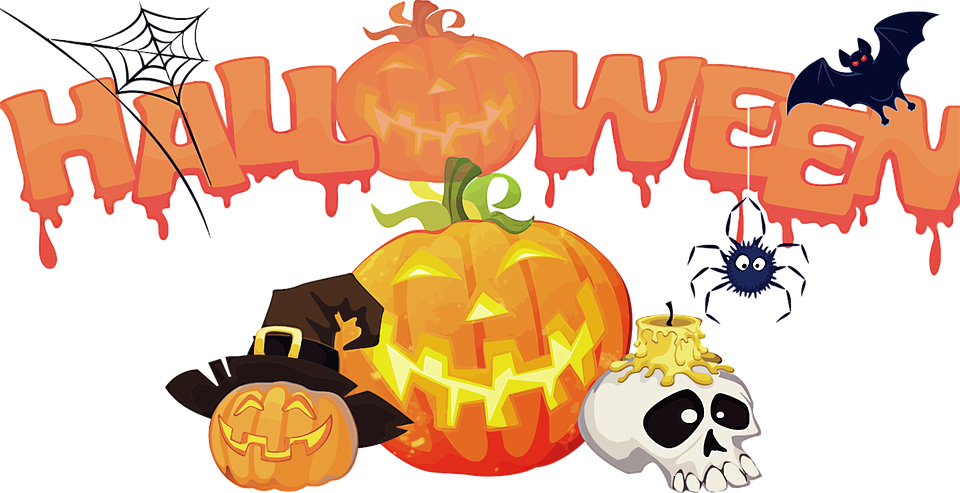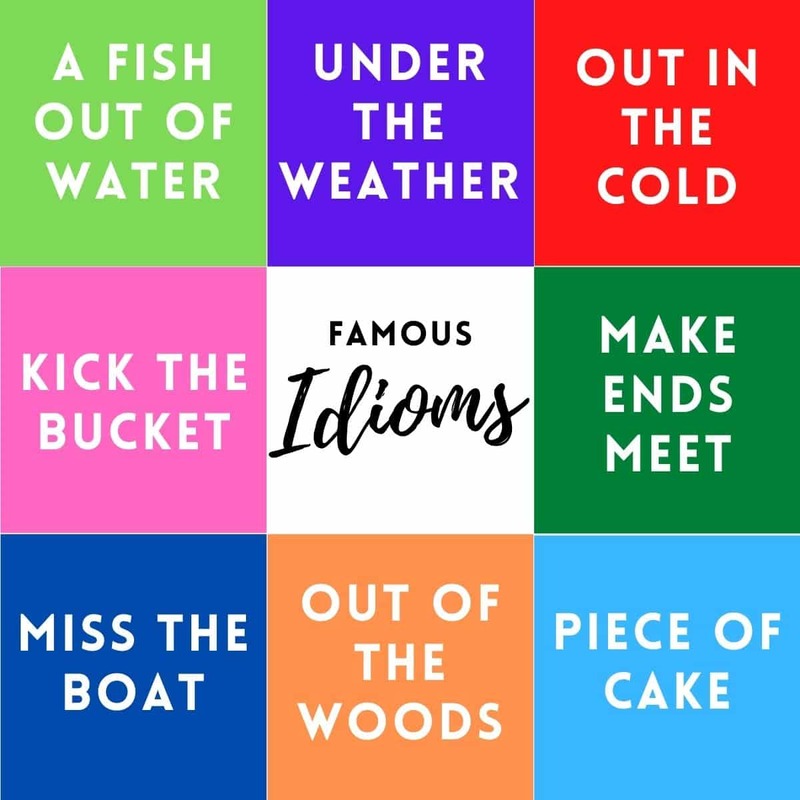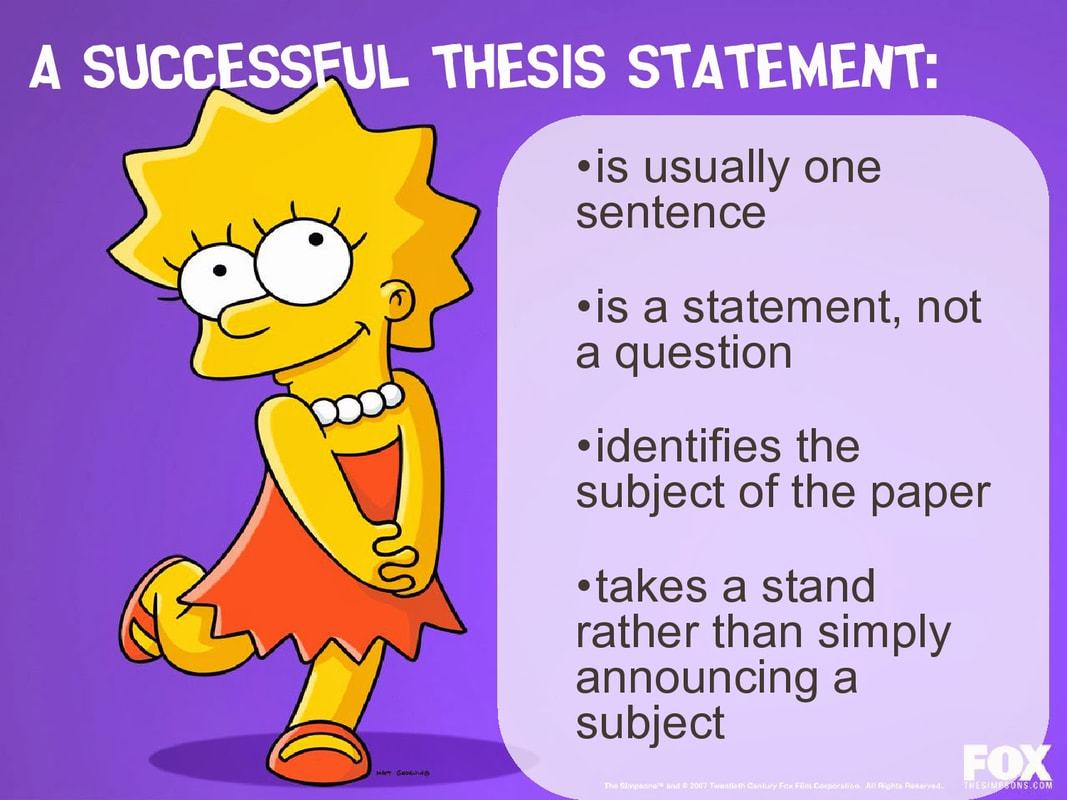 "Most ESL students learning to write an English passage have a hard time understanding the purpose of a thesis statement. Here’s a simple approach: one thesis sentence pattern suitable for intermediate+ level students. Part 1. What’s a Thesis? A thesis has a few important features:
To continue reading about Thesis Statements on eslwriting.org, click HERE. Here is another site that has some very helpful information on writing thesis statements: Finally, click on the video below to review your understanding of writing a good thesis statement.  The Present Perfect tense is all about "unspecified" or non-specific time in the past. This can be very confusing. The Present Perfect can be used in several ways. 1) It may be used to describe your personal experience. For example, you might say, "I have seen that man before." Or, "I have never been to Florida." 2) You can also use the Present Perfect to talk about change that has happened over time. For instance, you might say something like this: "Cell phones have become a necessity to many people." Or, "My English has gotten better since I started taking English classes." Those are two ways that we commonly use the Present Perfect tense. To review other usages of this tense, click here. Click on the links below to practice the Present Perfect Tense. In the Present Perfect Continuous tense, we are talking about an action that has begun in the past, but it is continuing into the present. This tense is used to emphasize duration. Here is some information and some practice exercises for this tense: Present Perfect Continuous 1 Present Perfect Continuous 2 https://www.englishclub.com/grammar/verb-tenses_present-perfect-continuous.php 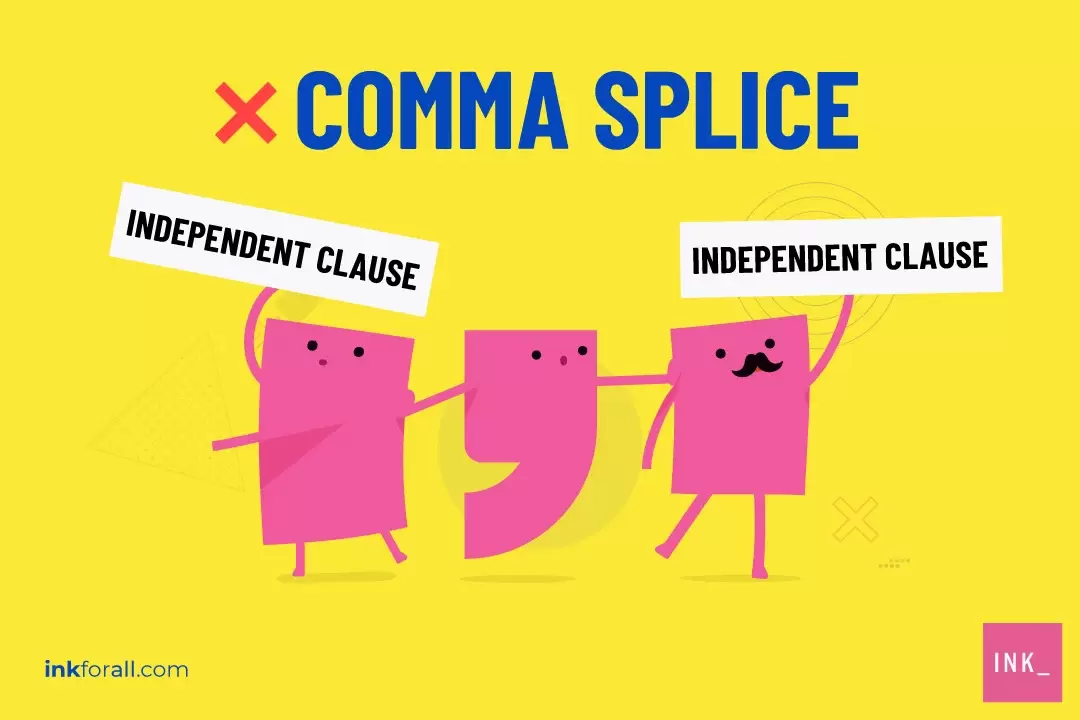 Comma splice errors are very common mistakes, but they can be easily avoided. How? First, anytime you use a comma in your writing, you should be ask yourself, "Why?" In other words, think about why you are using that comma. What is the rule for its usage? Second, if you are editing or reviewing your writing, look for commas found in the middle of a sentence. When you find one, review the sentence carefully to see if you have an independent (or main) clause on either side of the comma. If you have an independent clause on both sides, and you do not have a conjunction joining them (like: and, but, or, nor, for,so), then you have yourself a genuine comma slice error. It may look like this: I went to the store this morning, I bought some milk. A careful review of the sentence above should result in the conclusion that there are two independent clauses presented, one on either side of the comma. This is a comma splice error. To read more about comma splice errors, click here. To practice identifying comma splice errors, click on the links below. Comma Splice Practice #1 Comma Splice Practice #2 Comma Splice Practice #3 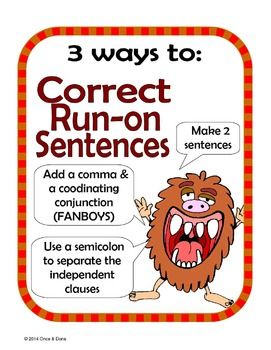 [The excerpt below is from Grammarly.com. Click on the link at the end to read more on this topic.] "What is a run-on sentence? Run-on sentences, also known as fused sentences, occur when two complete sentences are squashed together without using a coordinating conjunction or proper punctuation, such as a period or a semicolon. Run-on sentences can be short or long. A long sentence isn’t necessarily a run-on sentence. " To continue learning more about this topic and how to make corrections, click on the following link: RUN-ON SENTENCES To practice finding and identifying run-on sentences in your writing, click on these links: 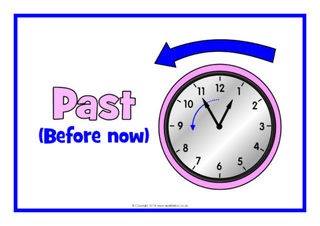 "The simple past is a verb tense that is used to talk about things that happened or existed before now. Imagine someone asks what your brother Wolfgang did while he was in town last weekend.
To read more about the Past Tense, how to formulate it, how to make it negative, and how to make a question, click here. To practice the past tense, click on the following: Past Tense Practice 1 Past Tense Practice 2 Past Tense Practice 3 Irregular Past Tense Practice 1 Irregular Past Tense Practice 2 Irregular Past Tense Practice 3 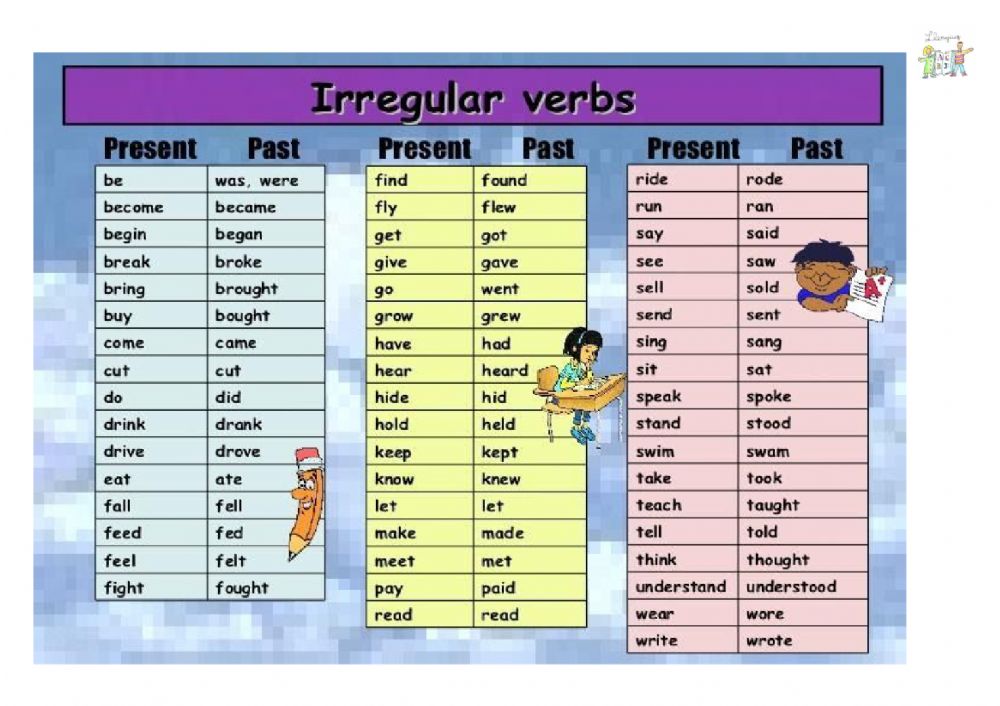 When you are learning and practicing irregular verbs in English, it is always helpful to have a list nearby. Why? Because there are so many of them. Here is a link that has several different irregular verb lists that you can print off: Irregular Verb Lists 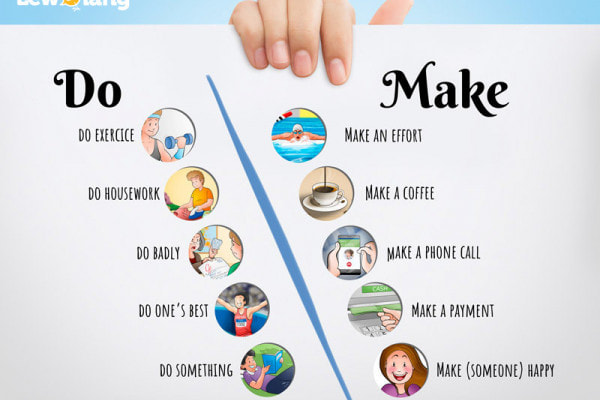 Question: “What is the difference between "make" & "do"? How and when should I use them?” Answer: “Make” and “do” are similar verbs in English. There are some words that go together with “make” and others that go together with “do.” In other words, there are fixed expressions in English with both of these verbs, and you just have to learn them. But there are general rules you can follow:
To review more information on this topic, click here or here Here are some practice exercises:  “Halloween is a holiday celebrated each year on October 31, and Halloween 2022 will occur on Monday, October 31. The tradition originated with the ancient Celtic festival of Samhain, when people would light bonfires and wear costumes to ward off ghosts. In the eighth century, Pope Gregory III designated November 1 as a time to honor all saints. Soon, All Saints Day incorporated some of the traditions of Samhain. The evening before was known as All Hallows Eve, and later Halloween. Over time, Halloween evolved into a day of activities like trick-or-treating, carving jack-o-lanterns, festive gatherings, donning costumes and eating treats.” [From History.com. To read more, click on the link below] Halloween is said to be the second largest commercial holiday in the United States. What’s first? Only Christmas. According to History.com, Americans spend an estimated $6 billion annually on Halloween. But, did you know? The United States is not the only place where Halloween, or something like it, is celebrated. To read more about the history of Halloween and how it is typically celebrated in the United States, click HERE To read more about how other countries celebrate Halloween, or practice similar customs, click HERE. 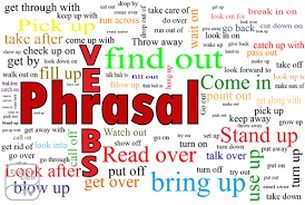 [From gingersoftware.com] "What are Phrasal Verbs? A phrasal verb is a combination of words (a verb + a preposition or verb +adverb) that when used together, usually take on a different meaning to that of the original verb." To learn more about phrasal verbs click here Click here for another website that provides more information about phrasal verbs as well as some examples. To practice using and interpreting phrasal verbs correctly, click on the following links: Phrasal Verb Practice 1 Phrasal Verb Practice 2 Infographic borrowed from: https://symbolismandmetaphor.com/idioms-guide/ English idioms, proverbs, and expressions are an important part of everyday English. They come up all the time in both written and spoken English. Because idioms don't always make sense literally, you'll need to familiarize yourself with the meaning and usage of each idiom. That may seem like a lot of work, but learning idioms is fun, especially when you compare English idioms to the idioms in your own language. To read more about idioms, go to English Idioms at EF.edu To learn more about idioms, you can also go to this Idioms Guide. There are many lists of idioms available for your review online. Here a few you might wish to look over:
Below, you will find an "award winning" video about idioms. Enjoy! |
AuthorMy name is Craig, and I've been teaching English for many years. I initially created this site for my students, but all English learners are welcome. I hope you find something helpful to you. Feel free to leave suggestions or ideas in the Comments section under any entry. Categories
All
|
